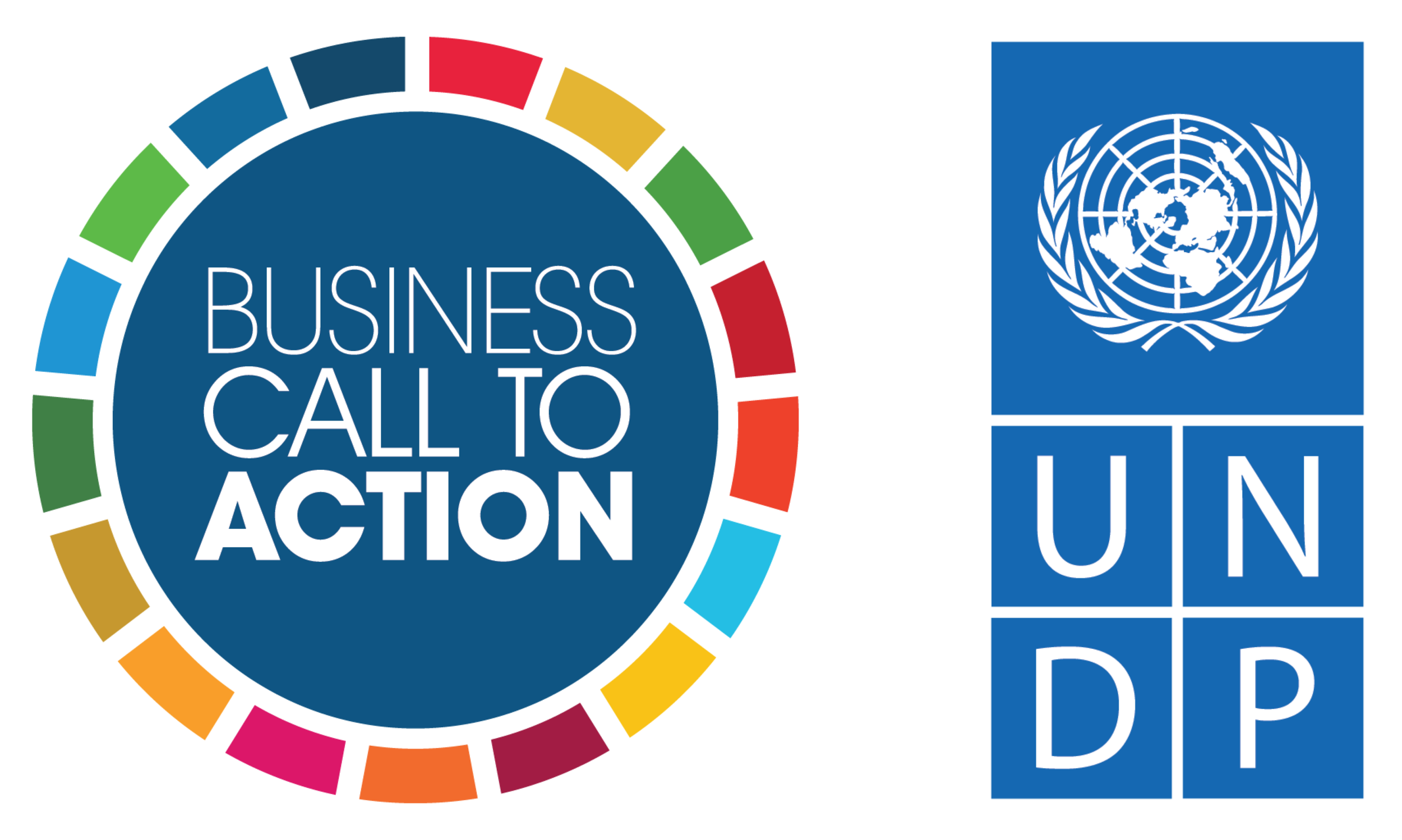Partnering for social impact
By Helene Gayle,
CEO of McKinsey Social Initiative
Our lives are not neatly divided into sectors. If a child’s public school is good but her parents can’t find work, she doesn’t think that the public sector is functioning well and the private sector isn’t. Instead, she thinks that her family is poor.
Tackling the world’s biggest societal challenges needs holistic solutions that reflect the reality of the problems as people face them and transcend the concept of sectors as we talk about them. Over my career, I’ve had the opportunity to work in the public, private and social sectors. What has become clear to me is that tri-sector collaboration works best when two things happen.
The first is when there is a clearly defined objective, a sense of common purpose. Well intentioned as they may be, partnerships without this tend to under-deliver.
The second is when there is complementarity. Different sectors bring different outlooks and different strengths. Partnerships work best when each member is playing to its strengths.
At the risk of oversimplifying, the private sector is considered to be innovative and nimble and knows how to get things done. The social sector has a strong sense of purpose and is committed to improving lives. And the public sector holds the keys to policy frameworks which we operate within.
When all three come together and work effectively together in partnership, you can have truly transformational impact.
Generation, a nonprofit that grew out of McKinsey Social Initiative, seeks to address the challenge of global youth unemployment
Take Generation, a nonprofit that grew out of McKinsey Social Initiative, which seeks to address the challenge of global youth unemployment. Seventy-five million young people are out of work, while 40 percent of employers say they cannot fill entry-level vacancies. The paradox in itself is a manifest example of the fact that societal challenges lie across sectors—in this case the education system (public), employers (private) and the support system (social).
Generation’s solution is a partnership model. It works with employers from the outset, to identify jobs where there are skills shortages, to tailor training curricula to the skills recruits need in order to succeed, and to demonstrate to them the return on investment (ROI) they could achieve by investing in Generation graduates.
Public and social sector partners help to identify dislocated youth who would be great candidates, provide some financial support and help to deliver the Generation curriculum and social support.
With each sector contributing, based on its strengths and own interests, to tackle a common problem, the results have been fantastic. In a little over two years, Generation has over 14,000 graduates, 82 percent of which have been placed in jobs with more than 1,300 employers. To date, graduates have earned in excess of US$50 million.
The case for business to work towards achieving the Global Goals has never been clearer. The dislocation we have seen in recent years, fueled by concerns about the impact of globalization, migration and automation on jobs and livelihoods, has been unprecedented.
The Business & Sustainable Development Commission’s Better Business Better World report sets out a compelling argument. The opportunities for business include not just reputation building and connecting with the rest of society, but innovation and efficiency gains with the promise of a shared economic prize.
Business can do this best working in partnership with governments and the Third Sector. Better still when these partnerships are set up for success from the outset.

